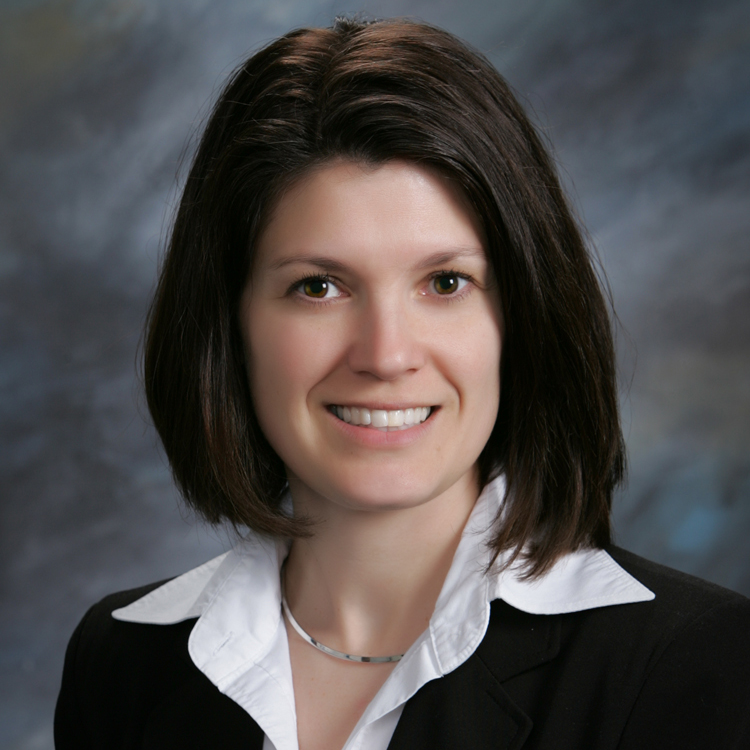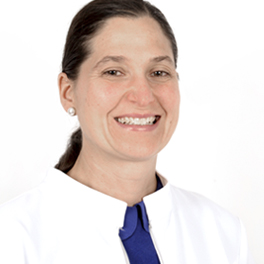Praise For: Evaluation and Corrections of the Sphenobasilar
Hear directly from our students about the benefits of our program.
-

Dr. Tai Hong Andrew Lung
“I took this course because some patients may not be capable of typical chiropractic adjustment and may need another kind of adjustment without a thrust. Hence, I am seeking another technique to balance the patient’s spinal system in a more gentle way.
I would recommend this course as I think the information you delivered is very inspiring, and I would like to find out more in the other lectures to be organized in the future. Thanks for your instruction; I am looking forward to using the skills in my daily practice very soon.”
-

Dr. Tereshel Johnson
“I took this course because I wanted an in depth understanding of evaluating and correcting sphenobasilar subluxations
After learning these I use them on almost every baby. I had to no idea the sphenobasilar is so important. Chiro school did not cover this material.
I really appreciate all the help and guidance.”
-

Dr. Jillian Sherry
“I wanted to gain more knowledge and confidence in treating the pediatric population in regards to the sphenobasilar system.
I used this technique and knowledge when treating a pediatric patient who was struggling with increased dural tension and facial asymmetry.
This course is helping in exploring diagnostic and treating methods when doing cranial work when working with the pediatric population.
Thank you”
-

Dre. Sophie Chabot
“I wanted to improve my skills in matters of SOT technique.
In the last month, I had patients suffering of headaches following concussion. I could immediately see a positive effect after adjusting cranial bones. I also applied the technique with newborns with facial misalignment and children with sinus congestion. I could see the positive results in a short time.
It is the third course that I follow with Dr. Rosen and Dr. Watson. I like the online program. I study when I have time. The homework’s helped me to have a better understanding of the theory I appreciate the fact that I had a personal feedback every time I submitted my ‘call to action’ answers. The SOT technique can really help with very young children clinical chiropractic conditions. It really helps me with patients suffering of dizziness and headaches. I wish I would have learned more about it before.
I sincerely recommend the program to all my colleagues. We can feel that Drs. Rosen and Watson are really qualified and proficient. We can feel there motivation and interest in teaching and communicate their knowledge. Thanks. I will certainly take other classes.”
-

Dr. Jean Squire
“I took this course to learn more about the sphenobasilar junction and how to work with it.
I used this technique on a patient with congestion of sinuses and there was a big improvement afterwards.
I would encourage any Chiropractor to take this class and check out the other classes they offer.”
The SOT® Pediatric Certificate Program
Demonstrate your commitment to your profession and patients, enhance your skills, and place yourself on the road to mastery in the art of chiropractic adjustment.

